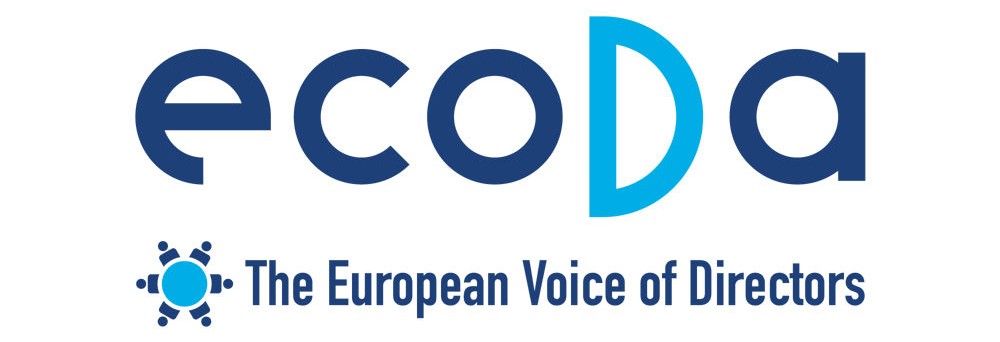Review and understanding of board or leadership team responsibilities linked to sustainability:
♦
♦
Identification of priority/material ESG areas Set/review your vision of where the company is and where it should be
♦
♦
♦
Perform an ESG health check to identify/confirm material risks, opportunities and impacts in relation to your business from a stakeholder perspective
♦
♦
Perform a benchmarking exercise comparing your business and its sustainability status to that of some peers (ESG ratings, ESG disclosures, reputation etc.)
♦
♦
♦
Engage with key stakeholders (including shareholders):
Do your company’s priorities reflect those of your key stakeholders?
Do your stakeholders agree with the selection of the UN Sustainable Development Goals (SDGs)?
♦
♦
♦
Select or review the SDGs relevant to your business.
This exercise should include both those in relation to which the business has a negative impact,
which should be eliminated, and those where it can have a significant positive impact linked to its purpose,
culture and strategy
♦
Perform a materiality assessment exercise to identify or confirm the key ESG risks and opportunities relating to your business
♦
♦
Perform a mapping exercise of your main first and second tier suppliers and identify the
key ESG risks and opportunities your business is exposed to by doing business and being related to these suppliers.
Supply chain: spot check risks and opportunities including social and environmental aspects and of
the key impacts of operations on your supply chain:
Regulatory reporting requirements
Industry-specific requirements
Policies and procedures
Map the scope/extent of your supply chain
Availability of data
Perform due diligence to ascertain and evaluate risks
♦
♦
Designing an ESG action plan Designing an ESG action plan
Design/review your sustainability action plan including:
Short, medium and long-term goals
Relevant KPIs
Establish targets
♦
♦
Deep dive into your business plan, strategy, mission and vision to
align/realign them with the company’s sustainability objectives
♦
♦
Embedding sustainability into the business Develop/review your sustainability governance structure
♦
♦
Establish/review whether and how sustainability is reflected and embedded in your company’s corporate culture
♦
♦
Perform a skillset audit to identify gaps:
Board/management level
Company wide
♦
♦
♦
Consider/establish/review performance-related incentive schemes linked to ESG targets and objectives
♦
♦
Sustainability reporting
Consider your sustainability reporting:
What does this include? Annual report? Separate sustainability report? Other?
Are your disclosures relevant, meaningful, and reliable?
Consider level of compliance with legal and regulatory requirements
Review appropriateness of ESG metrics and targets
♦
♦
Consider and determine whether assurance should be:
Internal or external
For external, whether limited or reasonable
Scope of each kind of assurance
♦
♦
Depending on the relevance of each of the areas below, as a board you may want to consider the following: Environment
Climate: spot check where you are and where you would like to be:
Regulatory reporting requirements
Industry-specific requirements
Initiatives underway towards meeting set targets
Is it enough? What are peers doing, what do shareholders and other stakeholders need?
Have opportunities arising from climate change been sufficiently considered?
♦
♦
Biodiversity: spot check on where you are and where you would like to be, including topics such as water use, waste, forests, desertification:
Regulatory reporting requirements
Industry-specific requirements
Best practice
Initiatives underway towards meeting set targets
♦
♦
Social
Diversity and Inclusion: spot check on where you are and where you would like to be, with regards to gender,
ethnicity, social mobility and sexual orientation:
Regulatory reporting requirements
Industry-specific requirements
Policies and procedures
Availability of data
Perform due diligence to:
Identify and assess actual or potential adverse human rights impacts.
Track measures and processes to address adverse impacts and assess effectiveness.
Design an appropriate action plan.
♦
♦
Other human rights issues: establish whether the business is
proactively managing potential and actual adverse human rights impacts:
Regulatory reporting requirements
Industry-specific requirements
Policies and procedures
Availability of data
Perform due diligence to:
Identify and assess actual or potential adverse human rights impacts.
Track the effectiveness of measures and processes to address adverse impacts
and assess effectiveness.
Design an appropriate action plan.
♦
♦
Governance Governance
Anti-bribery and corruption:
Review risk assessment and mitigation plans
Review legal and regulatory compliance
Identify industry-specific requirements / best practice and benchmark
Review and update of policies and procedures
Assess availability and quality of data
Consider the need for a due diligence exercise
♦
♦
Cybersecurity:
Review risk assessment and mitigation plans
Review legal and regulatory compliance
Identify industry-specific requirements / best practice and benchmark
Review and update of policies and procedures
Assess availability and quality of data
Consider the need for a due diligence exercise
♦
♦
Others
I accept that Mazars will process my personal data for the purpose of handling my request*
I accept to receive commercial communication
Your personal data is collected by Mazars Romania SRL and Mazars Consulting SRL (Mazars, the Companies/Company),
the data controller, in accordance with applicable laws and regulations.
Fields marked with an asterisk are required.
If any required field is left blank, it will not be possible to process your request.
Your personal data is collected for the purpose of processing your request.
You have a right to access, correct and erase your data, and a right to object to or limit the processing of your data.
You also have a right to data portability and the right to provide guidance on what happens to your data after your death.
Finally, you have the right to lodge a complaint with a supervisory authority and a right not to be the subject of a decision based exclusively on automated processing, including profiling,
that produces legal effects concerning you or significantly affects you in a similar way.

